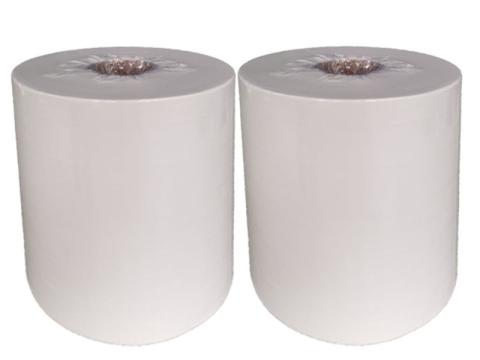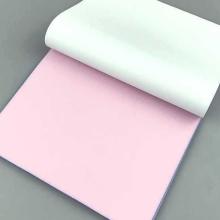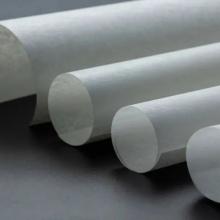
Specification
- Grammage: 60gsm
- Color: white, brown, blue
Absorbent paper(base paper, also known as dust-free paper) is a speciality paper product designed to efficiently absorb and lock in moisture. Its core function is to rapidly absorb and retain liquid moisture, preventing spillage or spreading of liquids for hygiene, dryness and cleanliness in a wide range of applications. The manufacture of absorbent paper typically involves the selection of specific raw materials, optimised processing and the possible addition of special absorbent enhancers to ensure superior water absorption.
Features
- Highly efficient water absorption: The core property of absorbent paper is its high water absorption capacity, which is due to the structural characteristics of its main component, the cellulose fibre. Cellulose fibres are interwoven to form a mesh structure with a large number of tiny pores inside, which rapidly attract and hold water by capillary action, and are able to absorb liquids far in excess of their own weight in a short period of time.
- Good water locking performance: In addition to rapid water absorption, absorbent paper can also effectively lock the absorbed water within the paper structure to prevent seepage back or secondary pollution. This is usually achieved by the addition of polymerised absorbent resins (SAPs), which swell into a gel after absorbing water, keeping the water from being easily lost.
- Softness and comfort: High-quality absorbent papers are often made from pure wood pulp paper or wet-strength tissue paper as the base material to ensure that they are soft to the touch and skin-friendly, and are suitable for applications that come into direct contact with the human body, such as sanitary napkins, nappies, and absorbent face masks.
- Stability and durability: Absorbent paper maintains a certain strength and shape after absorbing water, is not easy to break or deform, and maintains its functionality even in a wet state. Part of the absorbent paper products are also heat bonded, glued and other processes to further enhance its structural stability.
- Safety and environmental protection: Ideal absorbent paper should use non-toxic, non-irritating raw materials, and in the production and use of the process does not impose an excessive burden on the environment. The pure wood pulp source makes the blotting paper easily biodegradable, in line with modern consumers' pursuit of green and sustainable products.
Applications
- Personal hygiene care: Absorbent paper is widely used in personal hygiene care products, such as sanitary napkins, pads, nappies, etc. It provides efficient moisture absorption and dryness for female physiological period care and baby nappies, which greatly improves users' convenience and comfort.
- Healthcare: Hospitals, clinics and other medical places often use absorbent paper as disposable blood-absorbent pads, surgical towels, wound dressings, etc., which are used to quickly absorb body fluids, keep wounds clean and dry, and help wound healing and infection control.
- Beauty care: Absorbent mask is an important application of absorbent paper in the beauty industry, which can quickly adsorb and deliver essence to the skin to provide deep nourishment and moisturising effect, and has become a must-have item in the modern skincare routine.
- Household Cleaning and Kitchen Paper: Absorbent paper is also used to make highly absorbent wipes, kitchen paper towels and other household cleaning products for wiping down countertops, tableware or cleaning up accidental spills, quickly absorbing moisture and keeping surfaces clean.
- Laboratory and scientific research: In laboratory environments, absorbent paper is used to soak up excess reagents, samples, or residual water when cleaning containers, ensuring precision in experimental operations and neatness on the work surface.
- Packaging materials: in the packaging of certain moisture-prone commodities (e.g. electronic products, precision instruments), absorbent paper is used as a moisture-proof layer to absorb the trace moisture that may be generated inside the package and protect the commodities from the effects of moisture.




